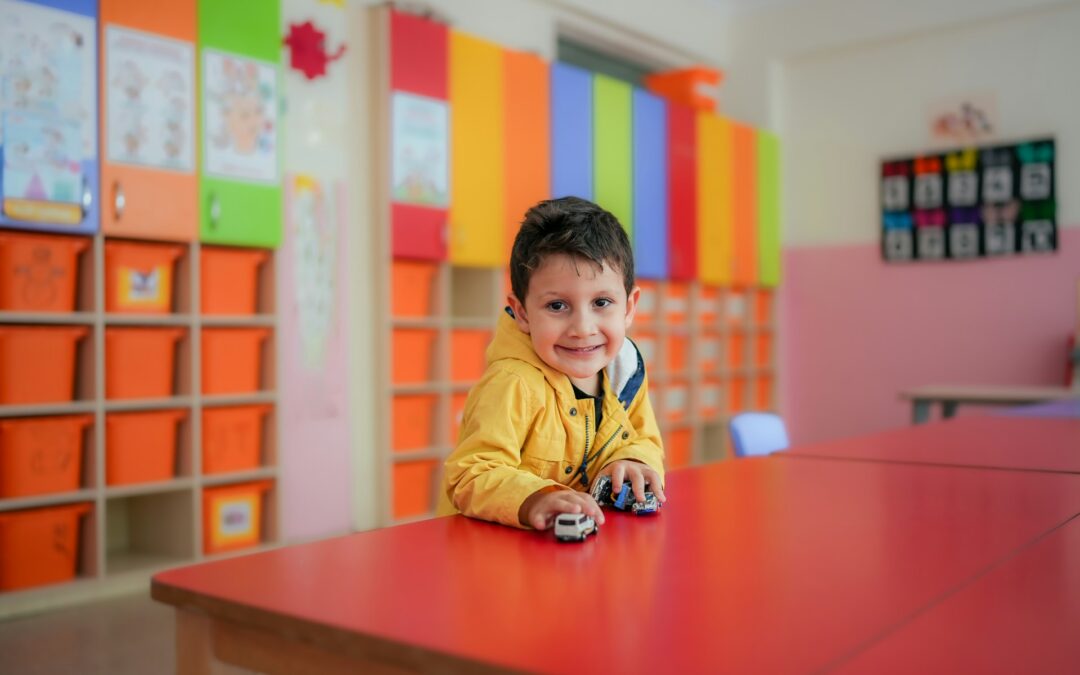Anxiety can often be a major challenge for children with autism, affecting their ability to engage in daily activities and learn new skills. As a parent or caregiver, understanding the root causes of this anxiety and implementing effective strategies to manage it can make a significant difference in your child’s quality of life. At Strive ABA Consultants, we utilize Applied Behavior Analysis (ABA) to address anxiety in children with autism, providing them with tools and techniques to cope and thrive.
Children with autism may experience anxiety due to changes in routine, sensory sensitivities, or difficulties in communication. These factors can lead to heightened stress and anxiety, impacting their overall well-being. Identifying and addressing these triggers is crucial for helping children feel safe and secure. By applying specific ABA strategies, we aim to reduce anxiety levels, making it easier for children to confidently navigate their environments.
Understanding these approaches can empower you to better support your child in overcoming anxiety and achieving their full potential.
Understanding Anxiety in Children with Autism
Children with autism often experience heightened levels of anxiety. This can be due to difficulties in understanding social cues, changes in routine, sensory sensitivities, or communication challenges. Anxiety manifests in various ways, such as repetitive behaviors, meltdowns, or withdrawal from social interactions. Recognizing and understanding these signs is crucial for providing appropriate support.
We need to consider the unique triggers and stressors for each child. Some common triggers might include loud noises, unfamiliar environments, or unexpected changes. By identifying these triggers, we can develop strategies to help the child cope better. Creating a supportive and understanding environment is essential to alleviating their anxiety and promoting a sense of security.
Effective ABA Techniques to Reduce Anxiety
Applied Behavior Analysis (ABA) techniques are effective in managing and reducing anxiety in children with autism. One method involves teaching coping strategies and relaxation techniques. These might include deep breathing exercises, visualizations, or creating a quiet space where the child can retreat when feeling overwhelmed. We aim to equip children with methods they can use independently to manage their anxiety.
Another effective ABA technique is desensitization, which involves gradually exposing the child to anxiety-inducing situations in a controlled manner. This helps the child become more comfortable with their triggers over time. Positive reinforcement is also pivotal in ABA, as it encourages desired behaviors by rewarding calm and appropriate responses to anxiety-provoking situations.
Consistency in using these techniques helps children build resilience and reduces their overall anxiety levels. By incorporating these methods into daily routines, parents, caregivers, and educators can help children develop healthier ways to handle stress and anxiety.
Creating a Calming Environment at Home
Creating a calming environment at home is crucial for helping children with autism manage anxiety. A well-organized, clutter-free space can provide a sense of order and predictability, which is comforting for many children.
We recommend setting up designated areas for different activities, such as a quiet corner for relaxation, a workspace for learning, and a play area. Using visual cues to label these areas can help children understand and feel comfortable in their environment.
Incorporating sensory-friendly elements is also essential. Soft lighting, soothing colors, and minimal noise can create a more relaxing atmosphere. Calming tools like weighted blankets, noise-canceling headphones, and fidget toys can be very helpful. Observing your child and identifying which sensory inputs are most calming for them is important.
Creating a predictable daily routine within this calm environment can further reduce anxiety, as it helps children know what to expect, reducing unexpected surprises that might cause stress.
Tracking and Measuring Anxiety Reduction
Tracking and measuring anxiety reduction is vital to understanding the effectiveness of the strategies and techniques we implement. Keeping a daily log of your child’s behavior can provide valuable insights into what triggers anxiety and what helps reduce it.
Note down instances of anxiety, what happened before and after, and how severe the anxiety was. This information helps us to tailor our approaches to better suit your child’s needs.
Regularly reviewing progress with our team allows us to make data-driven adjustments to the therapy plan. We use standardized tools and assessment scales to quantify levels of anxiety and track changes over time. This systematic approach ensures that we’re making meaningful progress and helps us celebrate successes, no matter how small they may seem.
Consistent evaluation and adaptation of strategies contribute to sustained improvements in your child’s ability to manage anxiety effectively.
Helping Your Autistic Child Develop Healthy Coping Mechanisms for Anxiety
Understanding and reducing anxiety in children with autism involves a combination of effective ABA techniques, creating a supportive environment at home, and continuously tracking progress. These strategies help children feel more secure and capable of managing their emotions.
At Strive ABA Consultants, we believe in the power of personalized care. By working together, we can make a significant difference in your child’s ability to handle anxiety, leading to a more comfortable and fulfilling life.
If you’re ready to explore how we can support your child’s growth and reduce anxiety through tailored ABA therapy, reach out to our behavior consultants today. Let’s collaborate to help your child achieve their full potential!


